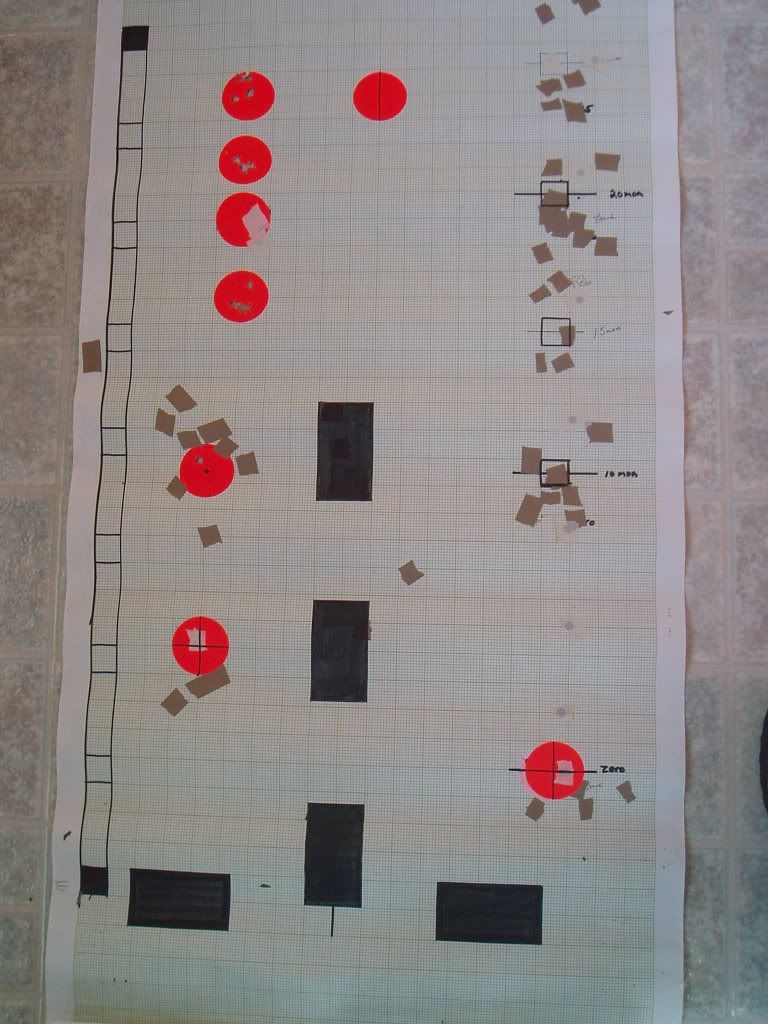I am not letting you off the hook that easy.
First off I have not worked at Rifles Only for more than 3 years, so any conversant lexicon is mine and mine alone.
Next if you are serious about these question, you are missing the basics, and really you need to not do any bay windows reviews or offer advice to anyone regarding scopes, period. This is day one stuff.
To test your scope you can do it in a variety of ways:
1. Mount a 4ft level on your target board at 100 yards. Place the reticle on the top and then run the elevation up until the reticle reaches the bottom and count how many clicks it took to reach 48 Inches, then do the math.
2. Create a target board with at least 30 inches of vertical. Have a fixed aiming point at the bottom and use that to sight in on while dialing up the elevation. Measure the strikes and also make sure the strikes track level with the fall of gravity. You may find some scopes have a curve in the top end, and will veer off the line.
Checking the scope across 100% of its travel means one of two things.
1. Checking it out to the max effective range of the rifle it is on, like 1000 yards. If you rifle needs 38MOA to 1000 you use that, if it needs 11 Mils you use that.
2. Check it across across all the elevation left in the scope. If you can reach 20 Mils use 20 mils.
Compounding errors means that errors in a scope can be small, so you need to compound them in order for them to show up. So say you think you have an MOA adjusting scope but really have an IPHY one, you need to add up to see the .047... which means 10 inches is only about a 1/2 inch. So 20 inches would be 1 inch and so on... you would not know the difference between an MOA or IPHY adjusting scope if you only tested it across 10 inches. This is why a 4" or 8" box test is useless. you cannot see the errors. Generally speaking 24" would be bare minimum like using a poster board from Staples. So a 1 MOA shooting rifle would hide errors that are only a 1/2" in size, any shots inside that 1 MOA would be considered normal for the rifle.
This is basic scope calibration stuff. It's what you should do automatically when you mount one, especially if you plan on using a ballistic computer of any type. Scopes are generally the weak link in the system, and not because of glass quality but because of the internals. Not doing this I consider being half assed. There are more than enough videos of me doing this stuff on YouTube with a variety of scopes. I even show how to calculating the adjustments using Field Firing Solutions as it has a tool for doing it.



